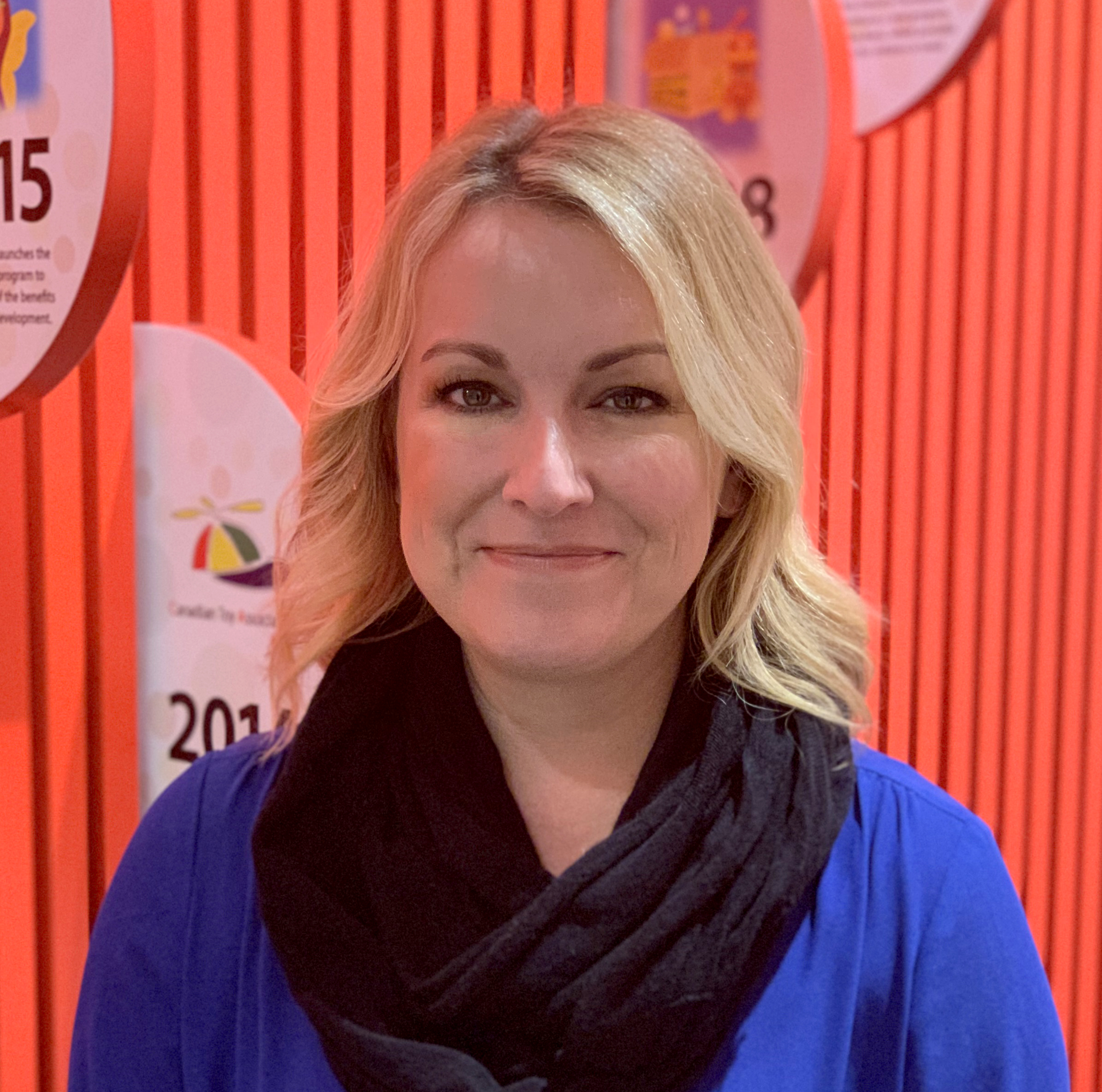Q&A with Jennifer Gibbons on Toy Association's Safety Education Program
 July 30, 2019 | Toy professionals who want to brush up on their knowledge of state toy safety regulations are encouraged to sign up for the toy industry’s premier Safety Education Program, a comprehensive, online course that is free for all Toy Association members. Toy News Tuesday editors recently sat down with course presenter Jennifer Gibbons, vice president of state government affairs at The Toy Association, to learn about the portion of the course she developed to help participants better understand various state laws related to chemicals, electronic waste, packaging, plush toys, children’s privacy, and more.
July 30, 2019 | Toy professionals who want to brush up on their knowledge of state toy safety regulations are encouraged to sign up for the toy industry’s premier Safety Education Program, a comprehensive, online course that is free for all Toy Association members. Toy News Tuesday editors recently sat down with course presenter Jennifer Gibbons, vice president of state government affairs at The Toy Association, to learn about the portion of the course she developed to help participants better understand various state laws related to chemicals, electronic waste, packaging, plush toys, children’s privacy, and more.
Q: Can you give our readers some insight into your area of expertise and what you bring to the program?
JG: I joined The Toy Association in 2012 after nearly a decade of experience in California politics and public policy, having held positions in both state legislative and executive branches of government. As vice president of state government affairs at the Association, I now lead legislative and regulatory efforts across multiple states, working on issues related to product safety, chemical regulation, and environmental sustainability.
Q: Your portion of the course covers state laws and regulations. Can you describe what course participants can expect to learn in this area?
JG: Although there is a network of federal laws regulating the safety of toys sold in the U.S., some states have layered on additional requirements for products sold in their states, which everyone in the toy industry should be aware of to ensure compliance. This portion of the course consists of three roughly 30-minute modules that provide an overview of state laws related to children’s products, resources related to these programs, and guidance on where to find additional information. It also takes a deep dive into key requirements and deadlines of various state laws and local regulations, including Washington State’s “Children’s Safe Products Act” (CSPA), the Oregon “Toxic Free Kids Act” (TFKA), Maine’s “Kid’s Safe Products Act,” the Vermont “Chemicals Disclosure Program” (CDP), and New York County Laws in Albany, Suffolk, and Westchester.
The state section’s final module provides an overview of California’s Proposition 65, which requires companies to provide certain warnings on products sold in California.
Q: What else does the Safety Education Program cover?
JG: In addition to the state-level requirements listed above, the course walks participants through the U.S. federal and international product safety landscape, providing important compliance details on specific toy types and lending insight into how to track evolving standards, among other critical information. All 12 modules are offered in webinar format, making it easy for participants to go through the entire program at their own pace.
Q: What kind of feedback have you gotten from participants who have completed the program?
JG: Everyone who has successfully completed the program has said that it has helped them in their day-to-day jobs. We’ve gotten feedback from both senior safety staff as well as junior level professionals who are just getting started in their toy industry careers. We are encouraging everyone to share their certificates of completion on their resumes and LinkedIn. It’s a great way to let potential employers know that you are up-to-speed on everything related to toy safety and compliance.
More information about The Toy Association’s Safety Education Program is available online.